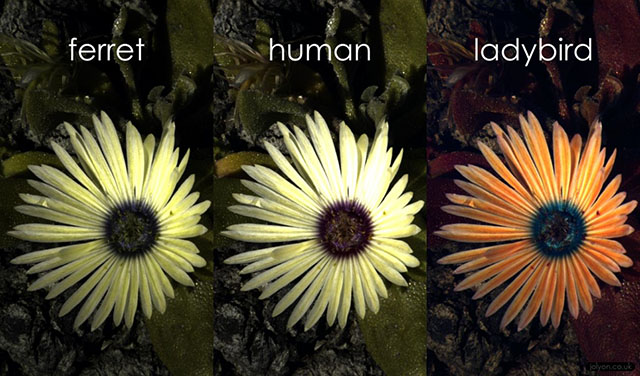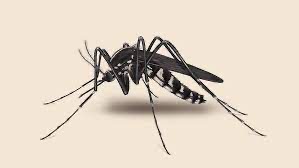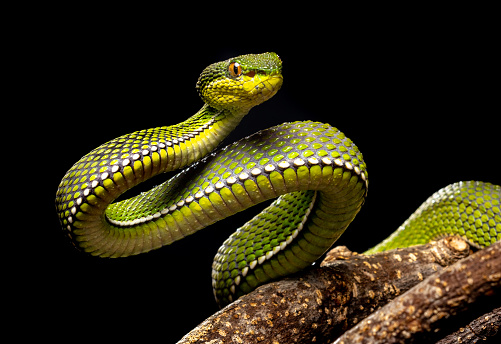by: Ahmed Ali
What is Umwelt?
The world is full of different types of living beings. Living beings experience the world in their own ways. Some may see differently than others, some may hear better, and some may be able to smell things better. Humans, animals and all other living beings perceive the world in their own Umwelt.
The Umwelt theory came from a man named Jakob von Uexküll (1864-1944). Jakob von Uexküll was a Baltic German biologist who worked in the fields of muscular physiology, and, animal behavior research. He also had an impact on the cybernetics of life. During his time as a marine biologists studying the wild life of the ocean, Uexküll, grew to oppose the view ” Animals are machines that can be explained in mechanistic terms” due to his own observation of nature and intellectual influences. Uexküll Then went on to propose his very own theory. This theory states that every living thing has its own distinct Umwelt, or phenomenal world, which is created by its own physiological functions and environmental responses. This theory is called, the Umwelt theory.
In simpler terms, Living beings perceive the world in their own unique ways due to the distinct way they sense the environment.

Examples of Umwelt
For many years humans thoughts animals were complex machines. But when speaking on the sentience of animals the umwelt theory gives us another reason to believe that animals are fully capable of thinking for themselves.
Living being’s have their own unique umwelt some examples are:
- The umwelt of a male Yellow Fever Mosquito differs significantly from a human’s. The male mosquito’s hearing organ has been designed specifically to hear just noises about 380 Hz, unlike the human auditory system, which can detect sounds from 20 to around 20,000 Hz. The only noise a male mosquito needs to hear is the flapping of a female mosquitos wings. In this instance, a male mosquitos umwelt allows them to sense a female causing them to react based off of emotion and natural instinct.

- Pit vipers have directional infrared detectors that allow them to examine their surroundings while they hunt mammalian prey, such as mice, kangaroos, and, rats in the dark. The snake’s heat-sensing organ is a forward-facing sensory pit between the eye and the nose on each side of the head. Each pit measures between 0.04 to 2.0 inches deep. Inside the pit organ, a narrow membrane that spans from wall to wall is densely innervated and extraordinarily sensitive to temperature increases. This membrane acts like the film in a pinhole camera, detecting any surrounding sources of infrared energy.

- The dolphin’s melon is located just in front of its blowhole, which is located where our forehead is. As the lens through which sound is focused during echolocation, the melon, which is made up of fatty tissue and fluid, is used. Like sonar on a submarine, echolocation is the process of seeing with sound. The dolphin uses sound waves that are produced in its nasal sacs and focussed at different frequencies through its melon. This process enables it to “see” with sound.

Dive Deeper
Humans have always made the assumption that our Umwelt is the only objective reality out there. But never took into account wether animals and other creatures perceive the world in their own Umwelt. Animals, insects, etc. all perceive the world in ways that differ to ours. Some may be able to perceive things we cannot. For example a dog is able to sense danger. And dolphins can see with sound. The umwelt theory gives us another reason to believe that these beings must be considered other than automaton. Overall, The umwelt theory helps people realize that we humans are not entitled to labeling or using animals due to the fact that, we may never be able to comprehend the existence of the sentient beings we call animals.


